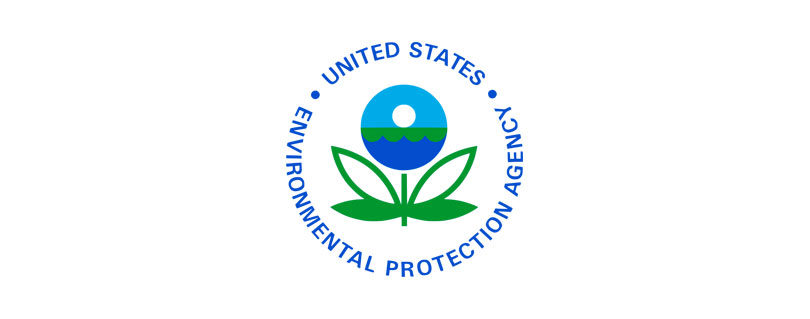EPA Announces $48 Million Settlement for Cleanup of the Olin Chemical Superfund Site in Wilmington, Massachusetts
Publilshed by the U.S. Environmental Protection Agency (EPA)
WILMINGTON, MASS. – The U.S. Environmental Protection Agency (EPA) today announced a proposed Consent Decree with four parties responsible for contamination at the Olin Chemical Superfund Site in Wilmington, Mass. Under the agreement, American Biltrite Inc., NOR-AM Agro LLC, Olin Corporation, and Stepan Company will address areas of soil, sediment, and surface water contamination on and around the former Olin property and implement an interim cleanup plan for groundwater at an estimated cost of approximately $48 million.
“This settlement allows EPA to move forward on the much-needed cleanup of contaminated groundwater, surface water, soil, and sediment at this site,” said EPA New England Regional Administrator David W. Cash.” Cleaning up Superfund sites is a top priority for EPA here in New England and is part of the agency’s commitment to protecting community health and ecosystems through our cleanups nationwide. This is also a good example of EPA’s cleanup enforcement program holding potentially responsible parties to account in addressing contaminated sites so taxpayers aren’t stuck with the costs.”
“We are pleased that significant funds will be committed to address contaminated soil, wetlands, and surface and drinking water at and near the Olin site,” said Commissioner Bonnie Heiple of the Massachusetts Department of Environmental Protection (MassDEP). “MassDEP’s involvement with the site spans four decades – from early identification and investigation of impacts, to directing removal of impacted soil, drums, and debris. We look forward to continuing to work alongside EPA and our federal partners to ensure completion of a thorough cleanup that is protective of Massachusetts residents and resources.”
Under the proposed Consent Decree, the four settling defendants, led by Olin Corporation, will perform the cleanup at the site. In addition to the site cleanup costs outlined in the consent decree, the four parties will also pay approximately $400,000 for EPA’s past cleanup costs at the site, as well as the agency’s costs to oversee the cleanup.
The site is comprised of the Olin property, an approximately 50-acre parcel located at 51 Eames Street in Wilmington, and the surrounding areas where contamination has migrated.
Site Background
Chemical manufacturing by a series of owners and operators began at the site in 1953 and continued until 1986. Olin Corporation purchased the property in 1980. The facility was used to produce blowing agents, stabilizers, antioxidants, and other specialized chemicals for the rubber and plastics industry. Prior to the early 1970s, chemicals were discharged into several unlined pits and ponds in the central portion of the property, and later even when lined lagoons were used, leaks in the liners resulted in additional releases of fluids. The wastes percolated into the soil or overflowed into streams. As the liquid materials moved downward through the soil, they reached the groundwater table – because the liquids were more dense than water, they continued to sink downward (as dense aqueous phase liquid or “DAPL”), pooling in a series of cascading depressions on the bedrock surface.
Ultimately, contaminated groundwater migrated nearly a mile to the west and northwest of the property and resulted in the Town of Wilmington placing its municipal drinking water supply wells in the Maple Meadow Brook aquifer off-line due to contamination from the site.
Prior to 2006, the site was regulated by MassDEP under Massachusetts’ cleanup statute. EPA added the site to the Superfund program’s National Priorities List in April 2006 with state support. The cleanup plan for the site, selected by EPA in 2021 with state concurrence, includes interim actions to remove ongoing sources of contamination in groundwater and final cleanup actions for addressing contaminated soil, sediments, and surface water at the site:
- Construction and operation of new groundwater extraction and treatment systems.
- Capture and treatment of oily waste and contaminated groundwater that flows into surface water by construction and operation of new multi-phase extraction and treatment systems.
- Construction and maintenance of caps and cover systems on areas of soil contamination, including an impermeable cap over the feature on the Olin property known as the “Containment Area.”
- Remediation and restoration of contaminated wetlands.
- Long-term monitoring and land use controls.
In parallel to the cleanup, studies are ongoing to improve the characterization of the bedrock and further define the extent of groundwater contamination. These studies will be used to evaluate long-term groundwater remedial alternatives, leading to the selection in the future of a final cleanup plan for groundwater. In the near term, these aquifer surveys will help identify the best places to locate groundwater extraction wells for the selected cleanup.
More Information:
The Consent Decree, lodged in the U.S. District Court for the District of Massachusetts on May 11, 2023, is subject to a 30-day public comment period and approval by the federal court. A copy of the Consent Decree and information on how to provide comments will be available on the U.S. Department of Justice’s website.
Design of the groundwater extraction and treatment system and other site cleanup work can begin upon approval of the Consent Decree by the court.
More information on EPA’s cleanup of the Olin Chemical Superfund Site
Map of Olin Chemical Superfund Site (pdf) (1.7 MB)
Read the full article at: https://www.epa.gov/newsreleases/epa-announces-48-million-settlement-cleanup-olin-chemical-superfund-site-wilmington



